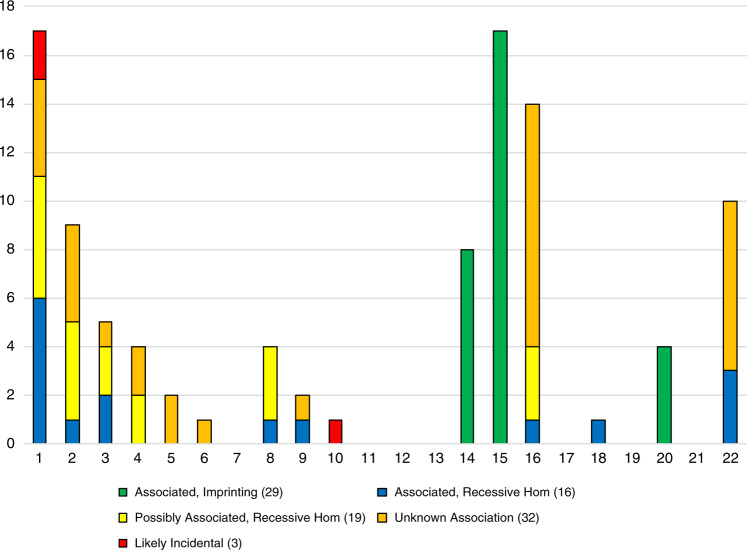Fig. 3. Association of 99 instances of whole-chromosome uniparental disomy (UPD) with patient phenotype.
A UPD result was considered associated with the patient phenotype if it overlapped with a known imprinting region or with pathogenic or likely pathogenic bi-allelic sequence variants in a gene correlating with the phenotype. UPD was considered possibly associated if sequence variants were identified in a gene with phenotypic overlap but not able to be classified as likely pathogenic. The UPD was considered as likely incidental if one or more variants were identified on a chromosome other than the UPD chromosome which correlated with the patient phenotype. Finally, if no overlap with an imprinting region was present and no variants were identified which correlated with the phenotype, the association of UPD to the patient phenotype was considered unknown.

